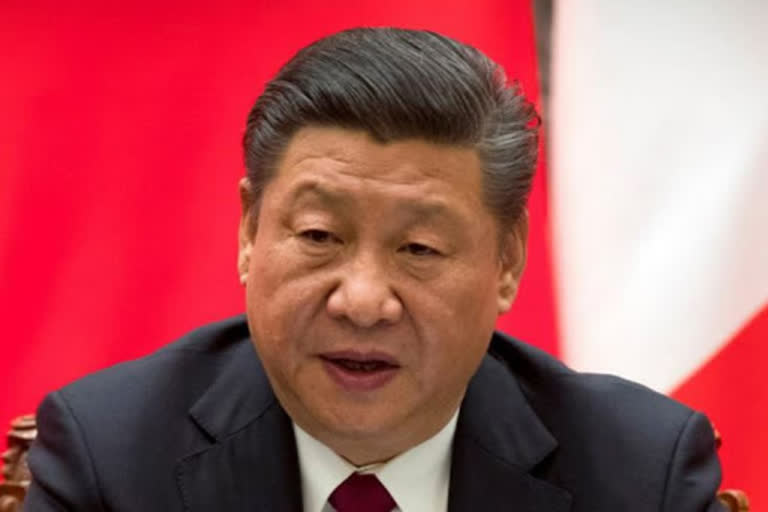New Delhi: As the world grapples with coronavirus pandemic, the situation in China where the lethal virus originated last year is gradually improving.
Looking into the details of the chain of events that have played out over the last three months globally, often raise some doubts and concerns, even as much is written and discovered about coronavirus everyday.
Consider this -- there are nearly 40,000 coronavirus cases in New York City in the US, located at around 15,000 km from Wuhan, the Chinese province which was the epicenter of the outbreak.
Similarly, Italy, which came into the tidal wave of infections, and which is located at over 8600 km from Wuhan has reported more than 80,000 cases and over 9,000 deaths.
By contrast, Shanghai, one of the global business hub and Beijing, two Chinese cities located at 839 and 1152 km respectively from Wuhan, have been almost untouched by the epidemic.
It remains a mystery that when almost the entire world, as far as the US, Italy or even Iran have been infected by the virus, then how did the Chinese capital so close to Wuhan, remain untouched by it.
That the US leaders have resorted to blaming China should come as no surprise. The US President has repeatedly referred to the pathogen as the - Chinese virus.
Even though in early January, the Chinese authorities had reportedly accused the whistleblower doctor who tried to warn others of the possible outbreak of illness that resembled SARS, the WHO in late January congratulated the Chinese government for taking "extraordinary measures" to contain the outbreak.
A statement from the DG on WHO website dated January 30, reads: "The Chinese government is to be congratulated for the extraordinary measures it has taken to contain the outbreak, despite the severe social and economic impact those measures are having on the Chinese people."
The defence for China and flowering praises for the dictatorial regime did not end there.
"...The speed with which China detected the outbreak, isolated the virus, sequenced the genome and shared it with WHO and the world are very impressive, and beyond words. So is China's commitment to transparency and to supporting other countries. In many ways, China is actually setting a new standard for outbreak response. It's not an exaggeration."
In return, the Chinese diplomats have often referred to praise heaped by the WHO to defend their government.
In early February, the Chinese Ambassador to India, Sun Weidong in an interview referred to this praise and said: "As the Director-General of WHO Dr. Tedros said, the speed with which China detected the outbreak, isolated the virus, sequenced the genome and shared it with WHO and the world are very impressive, and beyond words."
Not just this, when the countries announced travel restriction in view of the coronavirus outbreak, the UN health body stressed that it does not recommend limiting trade and travel.
The entire sequence of events has left people wondering about the role of WHO and the role of its DG.
Nearly six weeks after the first evidence of human-to-human transmission was found, the World Health Organisation in its January 14 statement, echoed China's assessment, "Preliminary investigations conducted by the Chinese authorities have found no clear evidence of human-to-human transmission of the novel coronavirus (2019-nCoV) identified in Wuhan, China."
Here in South Asia, when the outbreak happened, Prime Minister Narendra Modi held a video conference with leaders from SAARC nations to share ideas on combating it.
PM Modi also announced an emergency fund to tackle the outbreak. Several SAARC nations have contributed to this fund.
Days later, PM Modi held talks with Crown Prince of the Kingdom of Saudi Arabia, Mohammed bin Salman where the two leaders discussed the global situation regarding the COVID-19 pandemic.
"Prime Minister emphasised the need for coordinated efforts to adequately address this global challenge, which has impacted not only the health and well-being of several hundred thousand people but also threatens to adversely affect the economy in many parts of the world. In this context, the Prime Minister mentioned India's recent initiative to organise a video conference among SAARC countries," said an official statement.
ANI Report
Also read: LIVE COVID-19: Telangana records first death as India's cases reach 918



